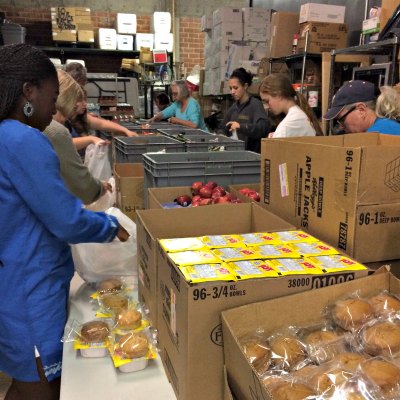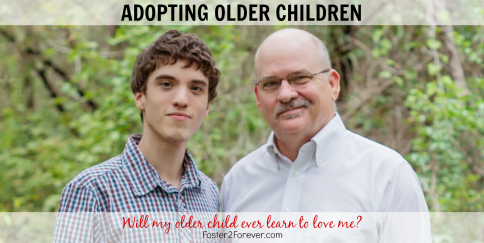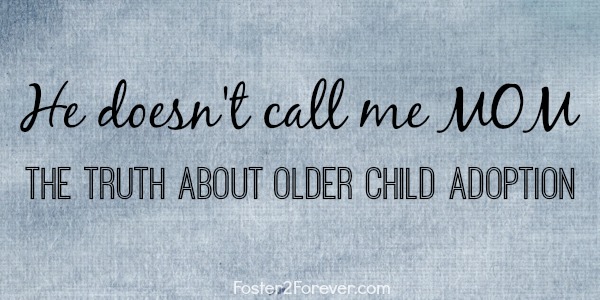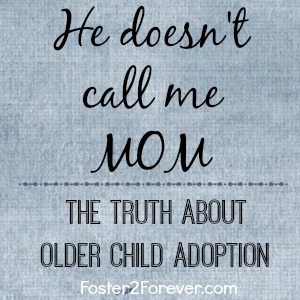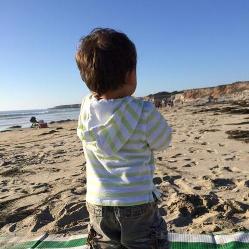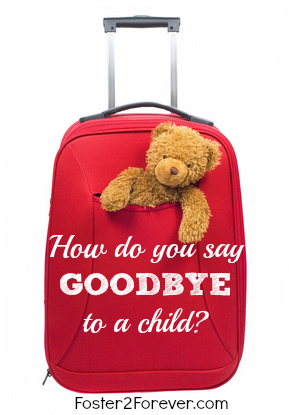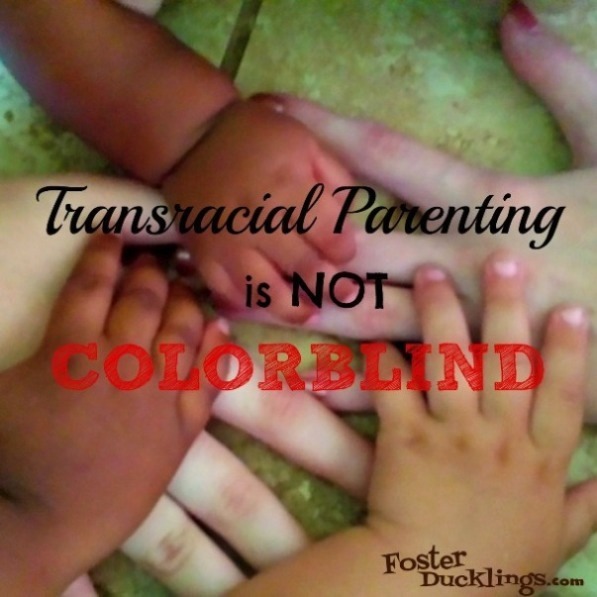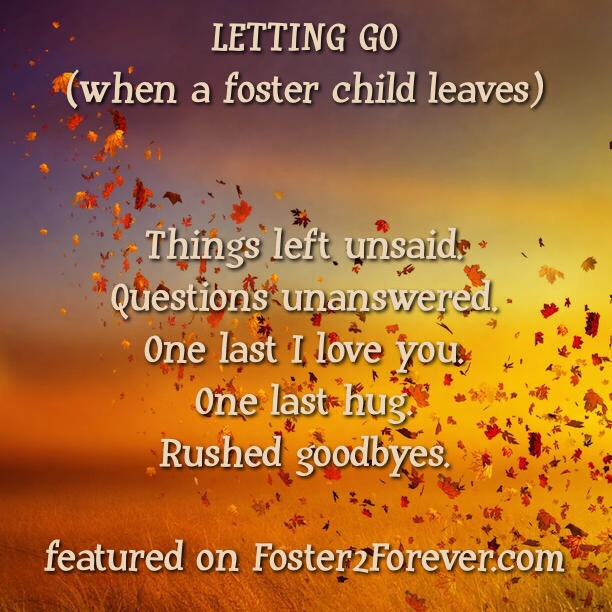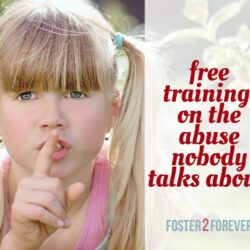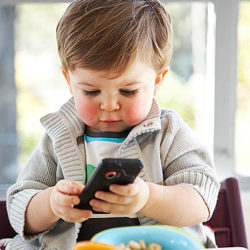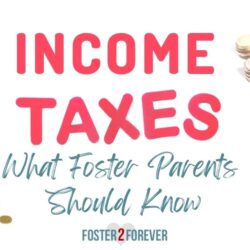On that Monday morning, the tiny Kindergartner was anxiously anticipating as my mother served him a breakfast meal in the cafeteria line at school. He grabbed his tray, quickly ran to a table, sat down and began devouring his meal. He wolfed down the sausage-on-a-stick — but then something shocking happened when he finished eating the sausage — he began eating the stick!
This isn’t an isolated event — 16 million kids in America aren’t getting the food they need!
In the Texas county where I live (McLennan County), 27.1% of the children in MY local community experience hunger and food insecurity, meaning that over 16,000 children in MY community don’t know where their next meal is coming from!
See this interactive map on the “Hunger in America” tab to find the hunger statistics for your county. Be prepared! You will be shocked. {Leave a comment below with a statistic from your county}
Fortunately, there are easy ways for families to get involved and make a difference in their own community.
In my community of Waco, Texas, the nonprofit organization, Pack of Hope, works with local school districts to identify these hungry children. (The children on free lunches that devour all the food on their tray and even those of their classmates.) Pack of Hope provides these hungry children with a package of food on Friday afternoons so that they don’t have to experience hunger on the weekends.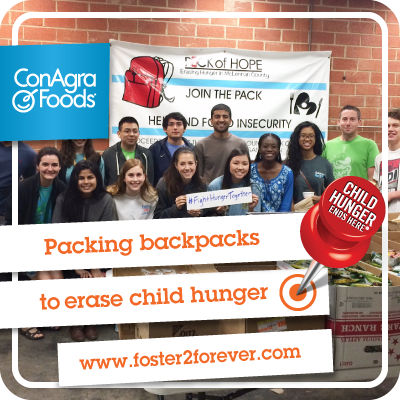
Each Wednesday morning during the school year, volunteers for Pack of Hope work together to fill 1,000 packages of food for the local school children experiencing hunger and food insecurity.
Visit www.childhungerendshere.com or this inspiring Pinterest board to learn more and for inspirational project ideas for your area.
One easy way YOU can get involved is to look for the red pushpin and locate the code found on specially marked ConAgra Foods products. For each 8-digit code entered at www.ChildHungerEndsHere.com from March-August 2015, ConAgra Foods will donate the monetary equivalent of one meal to Feeding America, up to 3 million meals!
Solving child hunger isn’t something we can do alone! How will you help?
Disclosure: This is a sponsored post. ConAgra Foods generously provided 500 bottles of water for Pack of Hope, enough to fill half the weekly food packages. For more than 20 years, ConAgra Foods and the ConAgra Foods Foundation have been committed to fighting child hunger in America, donating food and investing in partnerships to find solutions that are within reach.


